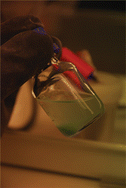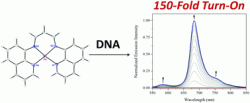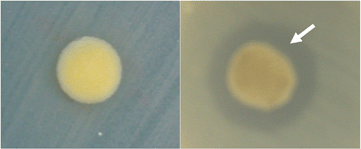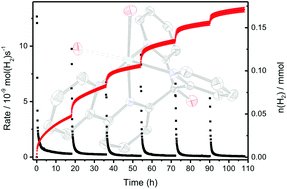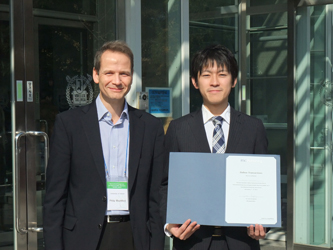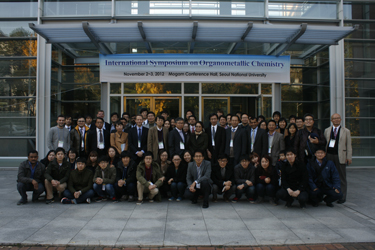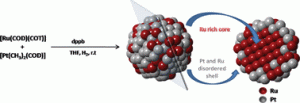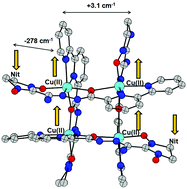Commercial Lithium ion batteries (LIBs) usually contain graphitic anode materials but their relatively low capacity means that they can’t be used for high capacity storage applications such as electric vehicles and aerospace transport. Alternative anode materials with higher specific capacities have been studied such as metal oxides and metal sulfides. One dimensional structured metal sulfides in particular have received significant research interest but during charge–discharge experiments, the metal sulfides suffer from volume expansion, limiting their cycling performance.
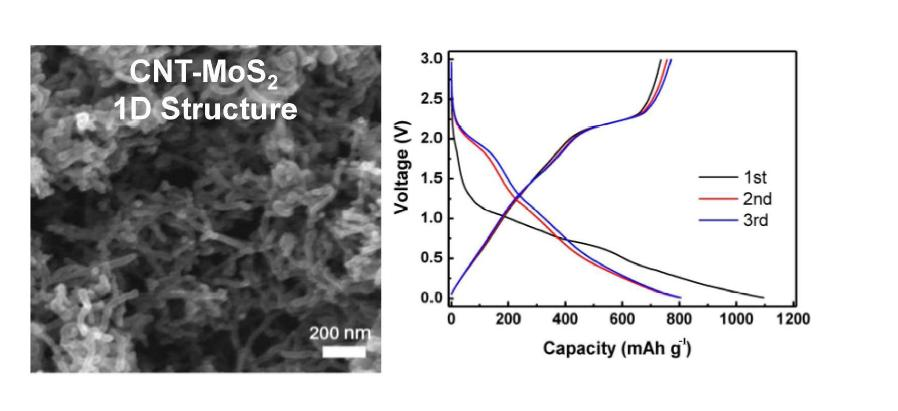
To overcome this issue, researchers have tried combining metal sulfides and conductive carbon based materials. With this in mind, Yaunzhe Piao and team have successfully made a 1D structured carbon nanotube – MoS2 (CNTs-MoS2) hybrid nanomaterial using an environmentally friendly synthetic procedure. The synthesis did not require any surfactants or harmful solvents but used a hydrothermal method with the amino acid, L-cysteine which helped the MoS2 nanosheets to bind to the CNTs.
The hybrid material has a higher specific capacity than just MoS2 or CNTs and even has a high specific capacity after 30 charge–discharge cycles. The synthetic approach towards MoS2-CNTs could be applied to other metal sulfides to explore their electrochemical properties.
To find out more about the electrochemical properties of the new CNT-MoS2, download the Dalton Transactions article now…
A simple L-cysteine-assisted method for the growth of MoS2 nanosheets on carbon nanotubes for high-performance lithium ion batteries
Seung-Keun Park, Seung-Ho Yu, Seung-Hee Woo, Bo Quan, Dong-Chan Lee, Min Kun Kim, Yung-Eun Sung and Yuanzhe Piao
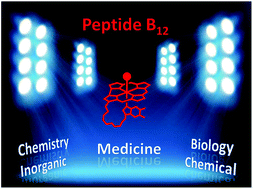 Vitamin B12 plays an important role in the metabolism of many organisms, particularly mammals. Since efficient delivery of vitamin B12 into cells has potential applications in medical therapies, Zelder et al. are sure to inspire wider interest in the design, chemistry and biology of backbone modified B12 derivatives with this hot Perspective.
Vitamin B12 plays an important role in the metabolism of many organisms, particularly mammals. Since efficient delivery of vitamin B12 into cells has potential applications in medical therapies, Zelder et al. are sure to inspire wider interest in the design, chemistry and biology of backbone modified B12 derivatives with this hot Perspective.










